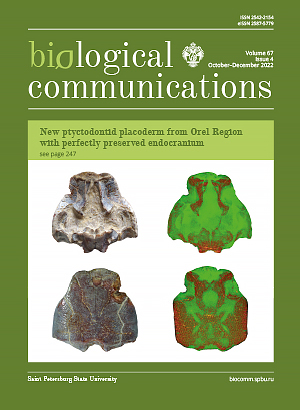Personalized medicine: the role of sequencing technologies in diagnostics, prediction and selection of treatment of monogenous and multifactorial diseases
DOI:
https://doi.org/10.21638/spbu03.2022.403Abstract
The review highlights various methods for deciphering the nucleotide sequence (sequencing) of nucleic acids and their importance for the implementation of the three main principles of personalized medicine: prevention, predictability and personalization. The review, along with its own practical examples, considers three generations of sequencing technologies: 1) sequencing of cloned or amplified DNA fragments according to Sanger and its analogues; 2) massive parallel sequencing of DNA libraries with short reads (NGS); and 3) sequencing of single molecules of DNA and RNA with long reads. The methods of whole genome, whole exome, targeted, RNA sequencing and sequencing based on chromatin immunoprecipitation are also discussed. The advantages and limitations of the above methods for diagnosing monogenic and oncological diseases, as well as for identifying risk factors and predicting the course of socially significant multifactorial diseases are discussed. Using examples from clinical practice, algorithms for the application and selection of sequencing technologies are demonstrated. As a result of the use of sequencing technologies, it has now become possible to determine the molecular mechanism of the development of monogenic, orphan and multifactorial diseases, the knowledge of which is necessary for personalized patient therapy. In science, these technologies paved the way for international genome projects — the Human Genome Project, the HapMap, 1000 Genomes Project, the Personalized Genome Project, etc.
Keywords:
sequencing technologies, whole genome sequencing, whole exome sequencing, advantages, limitations, personalized medicine, human genomic projects, diagnostics, disease prediction, personalized therapy
Downloads
References
Downloads
Published
How to Cite
License
Articles of Biological Communications are open access distributed under the terms of the License Agreement with Saint Petersburg State University, which permits to the authors unrestricted distribution and self-archiving free of charge.





